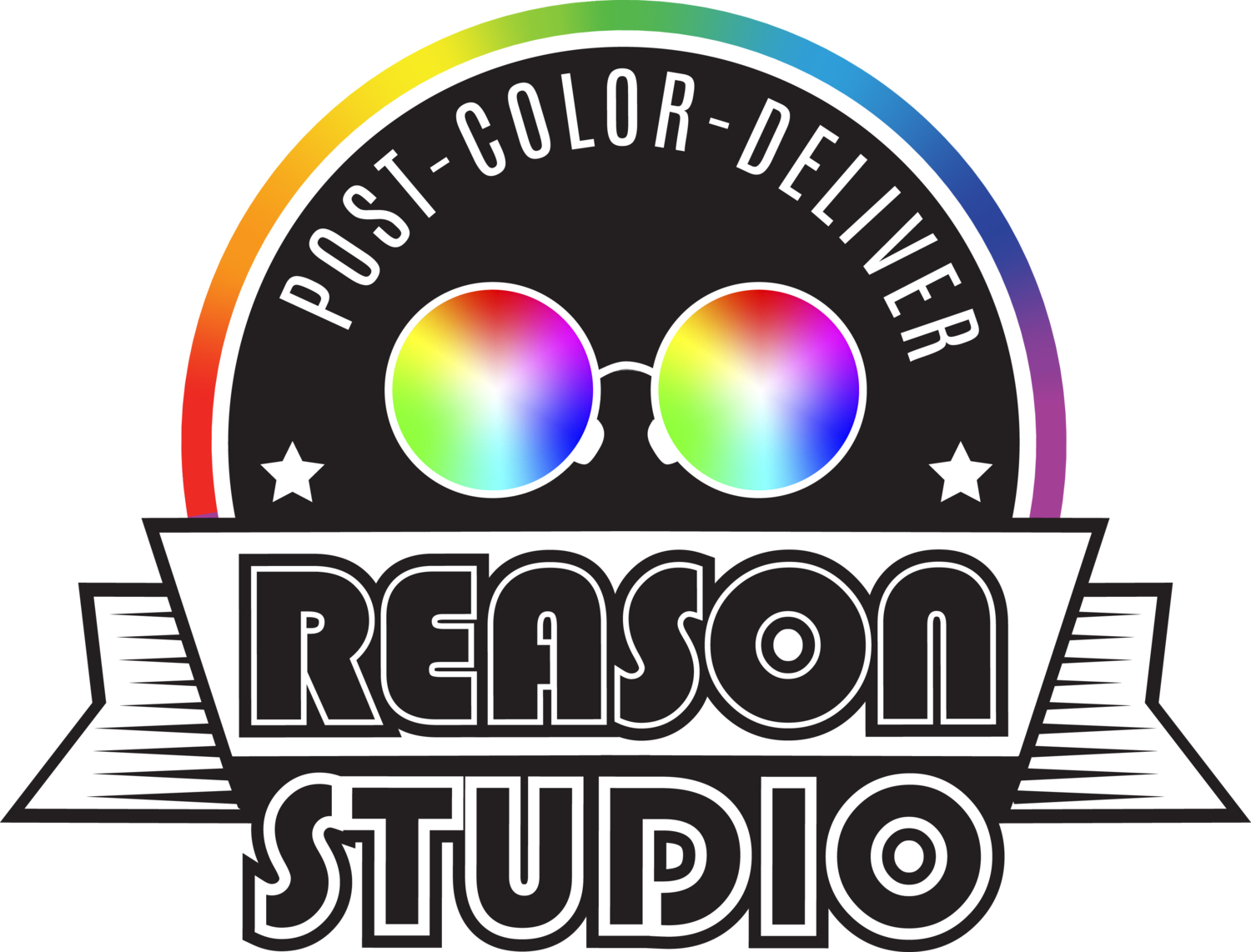An inseparable collaboration between cinematographer and colorist
Color is a language of film as it ties closely with the audience’s emotions, affects the mood of the whole picture, and reflects the psychological state of the characters in the image in real time. From art design to cinematography, filmmakers use a variety of colors, lighting and shades to build relationships with the audience on multiple levels. Colorists utilize color science, theories, and more important - aesthetics to ensure that every frame of a film is in perfect state and every second of the motion conveys the emotion of the story precisely.
In order to present a compelling film work that resonates with the audience, good cooperation between cinematographer and colorist is the essence of success. The collaborative process is about building a creative bridge that explores the visual intention of the cinematographer, evokes the emotions using the power of color, and then achieves better storytelling.
This article will provide an in-depth understanding of the relationship between cinematographers and colorists. Keep reading if you are interested in digging more into the topic.
Pre-production
Colorists usually begin working with directors and cinematographers from the pre-production stage, like camera tests and establishing workflows to ensure the good presentation of the footage and images during filming. CMOS sensors in mainstream digital cameras work in a way that mimics the characteristics of film, which allows the director of photography to capture the motion of the picture to the maximum extent, giving the colorist a wider space to do creative work in later stages.
In the preliminary work stage, the colorist and the DP will make a LUT (look up table) that conforms to the aesthetics and visual intention of the film according to the test footage and camera metadata after the camera test. With the LUT, the director and the DP can observe images with basic color grading on the monitor during filming to have a more immersive feeling on the overall tone of the film on set.
Production
During this stage, the colorist works more like a supporter and a “consultant”. Based on the pre-production LUT, the cinematographers will make better manipulation of the light meter to achieve the desired ratio between light and shade in different scenes. There is different contrast and variation of color temperature caused by different lighting sources, colorists also have the ability to smooth out some differences and make the image consistent in later stages.
Post-Production
While post-production seems to be able to fix all the flaws on the early shooting, it’s still not a panacea for some particularly problematic scenes. For example, when the raw footage is severely underexposed or overexposed, it can be hard for colorists to recover all of the affected details. Therefore, rather than relying entirely on the colorists, it’s better for DP to address solvable problems at the shooting stage.
Aside from the director, DP and editor, the colorist is the last person to contribute creativity into the aesthetics of a film before it is released. They understand how to represent colors in different media and how these colors are perceived by the audience. Whether it’s a simple bridging scene of color or complicated movie style, the colorist’s job is to slightly adjust or strengthen the story and emotional message of the entire film.
Under some situations, lighting might be slightly compromised due to the limited shooting time, color grading can make up for deficiencies such as adding a power window to manually fill the light. So it is highly recommended for cinematographers to be presented in color sessions.
A good film production is usually accomplished by the cooperation and contribution from multiple departments. In the filmmaking ecosystem, collaboration is essential. Reach out to us if you have any creative artistic ideas that want to be achieved.

